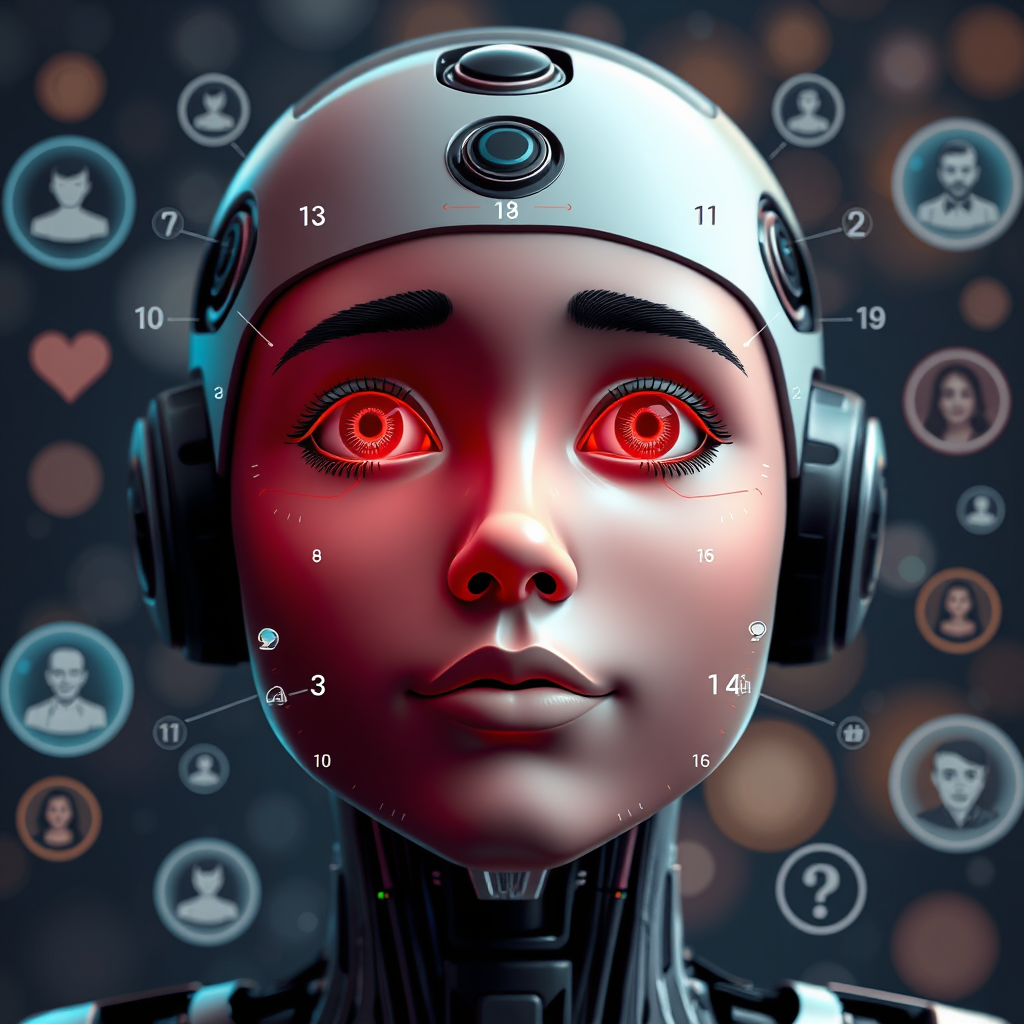Emotional Artificial Intelligence, also known as computational affective computing, represents a major breakthrough in the field of AI. This technology allows machines to detect, interpret, and respond to human emotions. It is transforming the way we interact with digital systems, making future human–machine communication more empathetic and intuitive. This article explores the foundations, applications, and challenges of Emotional AI.
Understanding How Emotional AI Works
Emotional AI relies on advanced algorithms to analyze various human signals. As a result, it can identify emotions such as joy, sadness, anger, or surprise.
These signals include facial expressions, vocal tones, body language, and even text patterns.
Through machine learning and deep learning, these systems learn to associate these cues with specific emotional states.
Modern cameras and sensors play an essential role in collecting and improving the accuracy of this emotional data.
Revolutionary Applications of Emotional AI
Emotional AI is already being used across many industries. Here are some concrete examples:
-
Customer Service: Chatbots and virtual assistants can adapt their tone and responses based on the user’s emotions, improving overall satisfaction.
-
Healthcare: AI systems can detect early signs of stress, depression, or anxiety, helping healthcare professionals provide preventive support.
-
Education: Adaptive learning platforms adjust lessons and activities based on students’ frustration or engagement levels.
-
Marketing: Companies analyze consumers’ emotional reactions to advertisements to optimize campaigns more effectively.
Ethical and Technical Challenges
Despite its promise, Emotional AI raises several important issues.
User privacy is a major concern — emotional data must be collected and used responsibly.
There’s also the problem of algorithmic bias: if the training data is unbalanced, AI may misinterpret emotions or even discriminate.
Because emotions are complex and subjective, it remains difficult for machines to interpret them accurately.
The MIT Media Lab’s Affective Computing division is conducting pioneering research on these ethical and technical aspects.
Their work highlights the importance of transparency and regulation in this evolving field.
An Empathetic Future for Human–Machine Relationships
The gradual integration of Emotional AI promises more natural and meaningful interactions with machines.
Soon, we may converse with devices that truly understand how we feel.
This could lead to more intuitive personal assistants and deeply personalized user interfaces.
Imagine a digital environment that dynamically adapts to your mood — improving comfort and well-being every day.
However, success will depend on finding the right balance between innovation and responsibility.
Strict ethical standards and transparency are key to building trust in this technology.
Emotional AI is much more than a technological innovation — it’s a crucial step toward a more harmonious collaboration between humans and machines.
By learning to decode and respond to our emotions, AI opens the door to deeper, more meaningful interactions.
Yet, this progress must come with ethical reflection and responsible development.
The future of human–machine interaction will depend on how wisely we integrate empathy into artificial intelligence.
